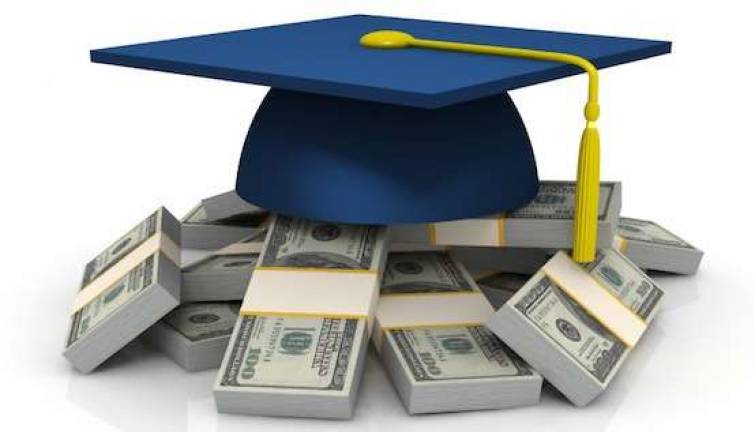For some, a path to student loan forgiveness

By Joseph Pisani
NEW YORK — Wish you could make your student loans disappear?
Student loan forgiveness programs can make it happen, but there's a problem.
“There needs to be more awareness about these programs,'' says Betsy Mayotte, director of regulatory compliance at American Student Assistance, a nonprofit that helps borrowers manage their student debt.
So the organization released a student loan forgiveness guide earlier this year on its website. The Consumer Financial Protection Bureau, a government watchdog, released its own guide last month to bring attention to the programs.
The programs are not a quick fix. Instead, they enable borrowers to erase their remaining student debt after several years of payments. Most of the programs are tied to certain low-paid professions, such as teachers or public defenders, and have other restrictions.
Public service program
This program is for those who work in federal, state or local government jobs, or at a nonprofit that's been designated as a 501(c)(3) tax-exempt organization. The CFPB estimates that a quarter of the country's workforce falls into those categories. Individuals must also have high student loan balances relative to their income.
The program works like this: anyone who makes 120 on-time monthly payments toward their student loans and works in a qualifying job for 10 years (they don't have to be consecutive), can apply to have their remaining balance forgiven. The amount of the loans forgiven is not taxed, under current tax law.
Only those with federal Direct Loans will qualify for this program, but some loans, such as the Federal Family Education Loan (also known as FFEL) and the Perkins Loan can be consolidated into a Direct Loan. If you don't know what type of federal loan you have, you can find out at nslds.ed.gov.
The program was established in 2007, so no one has received loan forgiveness yet. Those hoping to take advantage need to make sure their job qualifies with the Department of Education every year, says Mark Kantrowitz, publisher of Edvisors.com. Save the paperwork and annual income forms.
The Department of Education offers more guidelines: http://1.usa.gov/18sELJS.
More information:
Public service loan forgiveness: http://1.usa.gov/18sELJS
Income-based repayment: http://1.usa.gov/19JJVQA
Pay as you earn plan: http://1.usa.gov/1h5MGzQ
Teacher loan forgiveness program: http://1.usa.gov/1bITqWq
Consumer Financial Protection Bureau's guide: http://1.usa.gov/1as4UK8
American Student Assistance's guide: http://bit.ly/15xGpNs